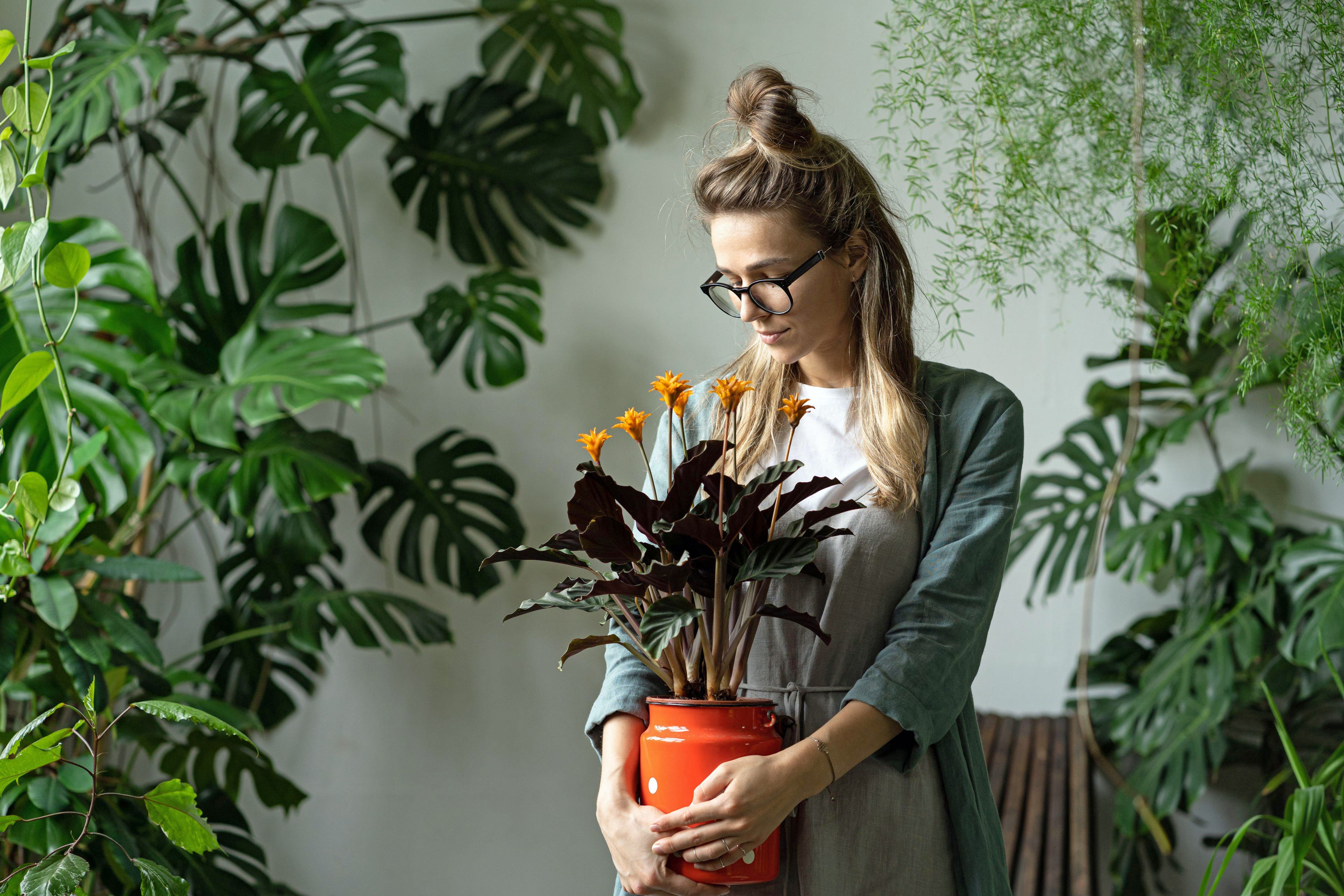The best houseplants to boost your wellbeing
Experts offer their favourites. By Hannah Stephenson.

Your support helps us to tell the story
From reproductive rights to climate change to Big Tech, The Independent is on the ground when the story is developing. Whether it's investigating the financials of Elon Musk's pro-Trump PAC or producing our latest documentary, 'The A Word', which shines a light on the American women fighting for reproductive rights, we know how important it is to parse out the facts from the messaging.
At such a critical moment in US history, we need reporters on the ground. Your donation allows us to keep sending journalists to speak to both sides of the story.
The Independent is trusted by Americans across the entire political spectrum. And unlike many other quality news outlets, we choose not to lock Americans out of our reporting and analysis with paywalls. We believe quality journalism should be available to everyone, paid for by those who can afford it.
Your support makes all the difference.It’s no surprise plants can cheer us up in the winter months.
New research by Dobbies Garden Centres (dobbies.com) has backed this up, finding 40% of those surveyed believe colourful houseplants make them feel happier.
But they don’t just lift your mood. The NASA Clean Air study found that many houseplants can clean the air of toxins such as formaldehyde, benzene, trichloroethylene, xylene and ammonia, says podcaster and garden expert Ellen Mary, who recently launched People Plants Wellbeing (peopleplantswellbeing.com), a new nature-based wellbeing consultancy.
“The more plants the merrier, as long as you have the time and space to care for them,” says Mary. “To clean the air you can have fewer plants if they have larger foliage, as they can be more efficient at reducing toxins.”
She continues: “Studies into the wellbeing benefits of houseplant ownership showed that even just being in the presence of indoor plants can improve wellbeing, so not just softening aesthetics but also feeling a connection to the natural world. For those working in rooms with plants, they performed better on cognitive tasks and lower levels of physiological stress.”
According to the RHS, studies indicate that indoor plants can lead to increased worker productivity and increased pain tolerance, for example, where plants were used in hospital settings.
These are some of the best houseplants to boost your wellbeing…
Air purifying
“The spathiphyllum, or peace lily, is a great choice for beginner and seasoned plant parents alike, and will thrive in a bright spot out of direct sunlight. This striking plant should be watered weekly, or when its soil feels dry to the touch,” says Claire Bishop, head of houseplants at Dobbies Garden Centres (dobbies.com).
“If your plant isn’t flowering, water it, feed it and move it to a brighter spot for a beautiful addition to your home that will not only brighten up your interiors but also your mood.”
Mary recommends pothos, an easy-to-grow bushy specimen which thrives on low light and neglect, and purifies the air of toxins such as formaldehyde, benzene and carbon monoxide. It also helps to eliminate odours and is said to relieve tired screen eyes, she notes.
Hedera helix (English ivy) is also a good air purifier – it grows in partial shade and is a low-care plant, and its long vines make it great for shelves and mantelpieces.
Green space
“If you’re looking to give your home a boost of greenery without spending a fortune, smaller plants and ferns are a fantastic option. Adiantum (maidenhair fern), nephrolepis (sword fern) and phlebodium fern varieties are all typically low cost and will elevate any room in your home,” Bishop suggests.
“The Dypsis lutescens is another wonderful choice and comes in a variety of sizes, making it ideal for homes of all styles and will instantly improve any space.”
Wellbeing wonders
Bishop calls houseplants “great additions to your home office, to perk up your working environment and make you more productive.
“If caring for houseplants isn’t your forte but you still want to feel the benefits of them, consider a sansevieria (snake plant). These quirky plants can go without water for up to a month so require very little attention, making them perfect for those just starting their plant journey.”
Bathroom boosters
“To promote wellness in your bathroom and give this space a zen look and feel, use houseplants to create a spa-like vibe,” says Bishop. “Ferns, with their air purifying qualities, thrive in a humid environment, making them ideal for your bathroom.
“Plant your ferns in soil with good drainage and keep them moist with weekly mistings. If your fern is looking dehydrated, you can plunge it into a sink or bucket of water to bring it back to life. Simply submerge your pot into the water and then remove it, letting it drain completely before placing it back into a bright spot.”
Bedroom calm
Mary recommends orchids for the bedroom, which hold symbolism of positive energy prosperity and growth and can improve sleep, promote relaxation and enhance feelings of calmness and peace, she says. They also don’t need much watering and can flower for long periods and reflower after resting.
Another good choice for the bedroom is sansevieria, which thrives in low light, photosynthesizes even at night and is easy to grow, she recommends.
Positive energy
The money plant (Crassula ovata/Jade plant) exudes positive energy, says Mary, and is thought to bring good luck, growth, prosperity and wealth, while also releasing a lot of oxygen.